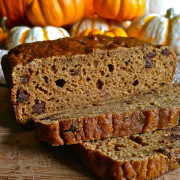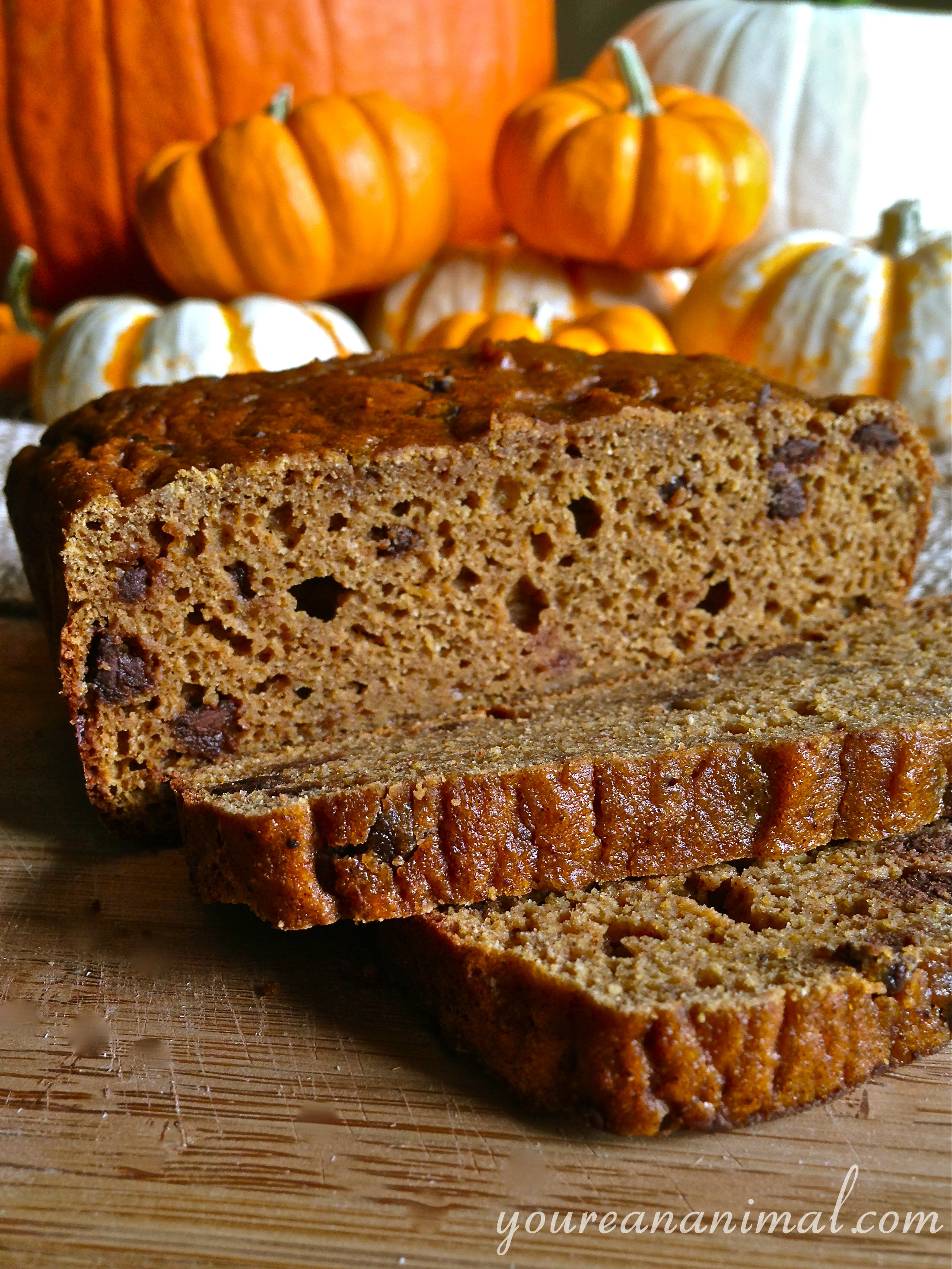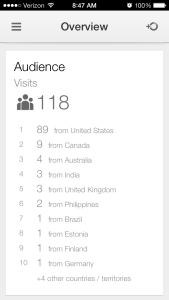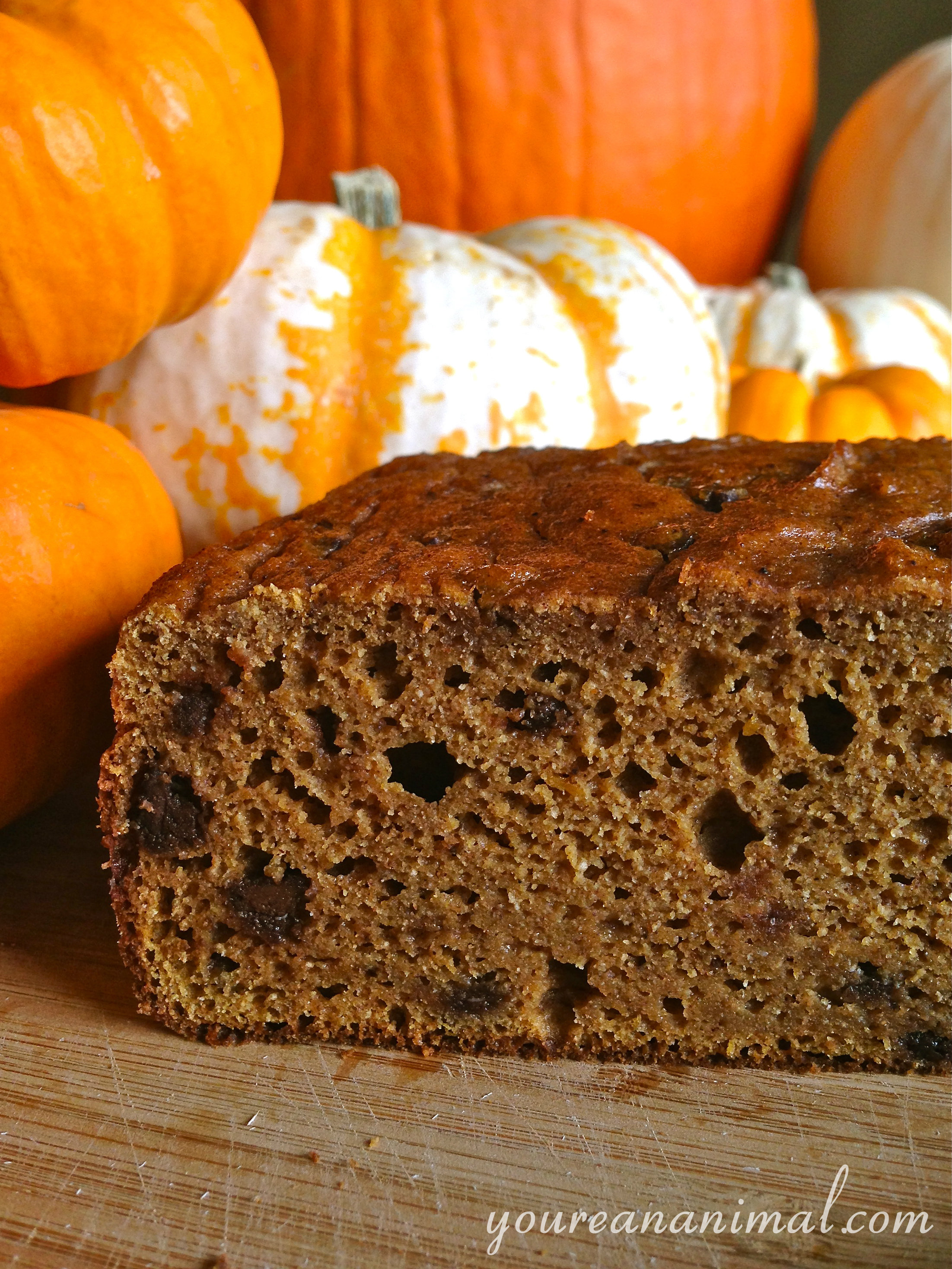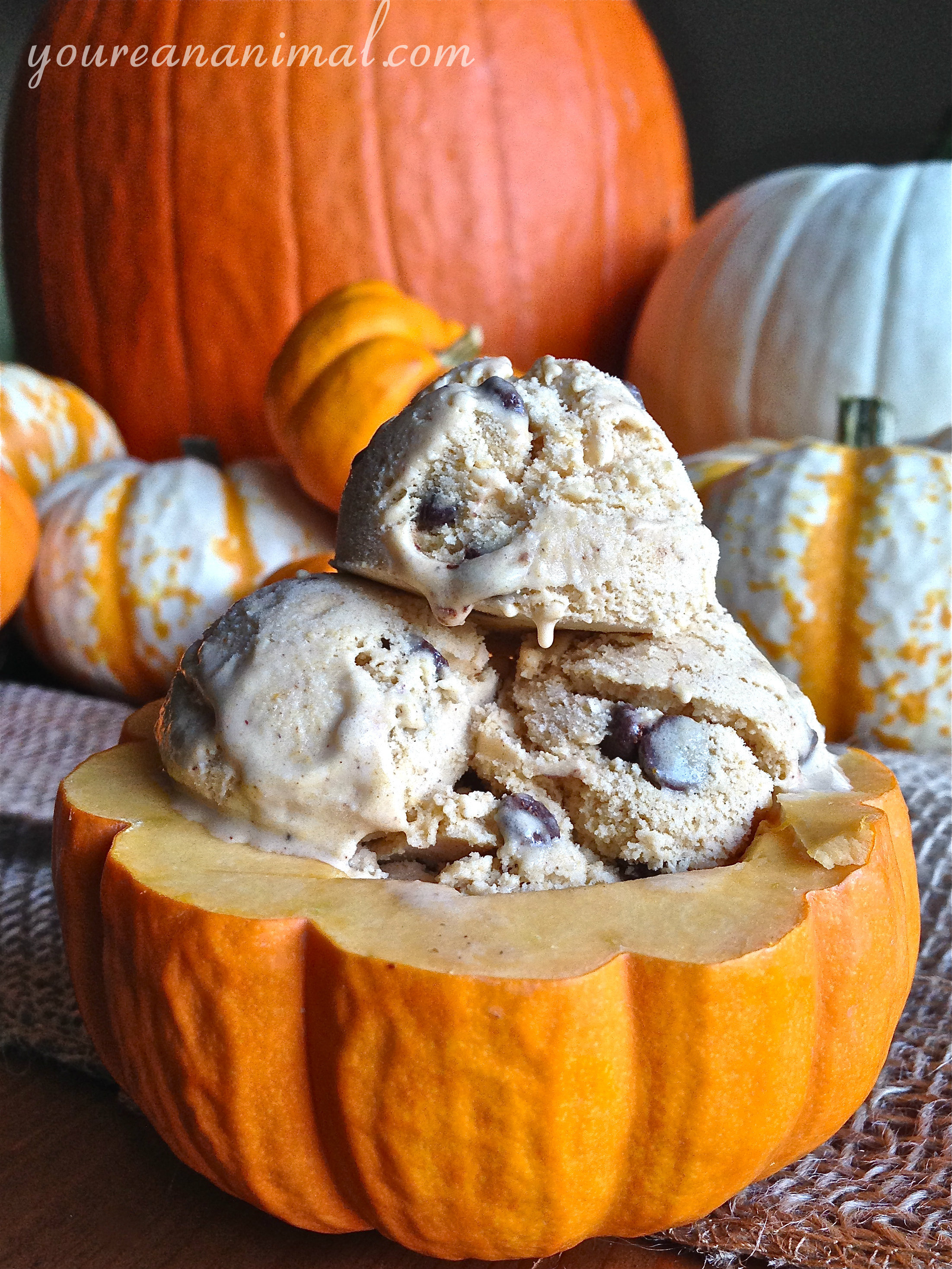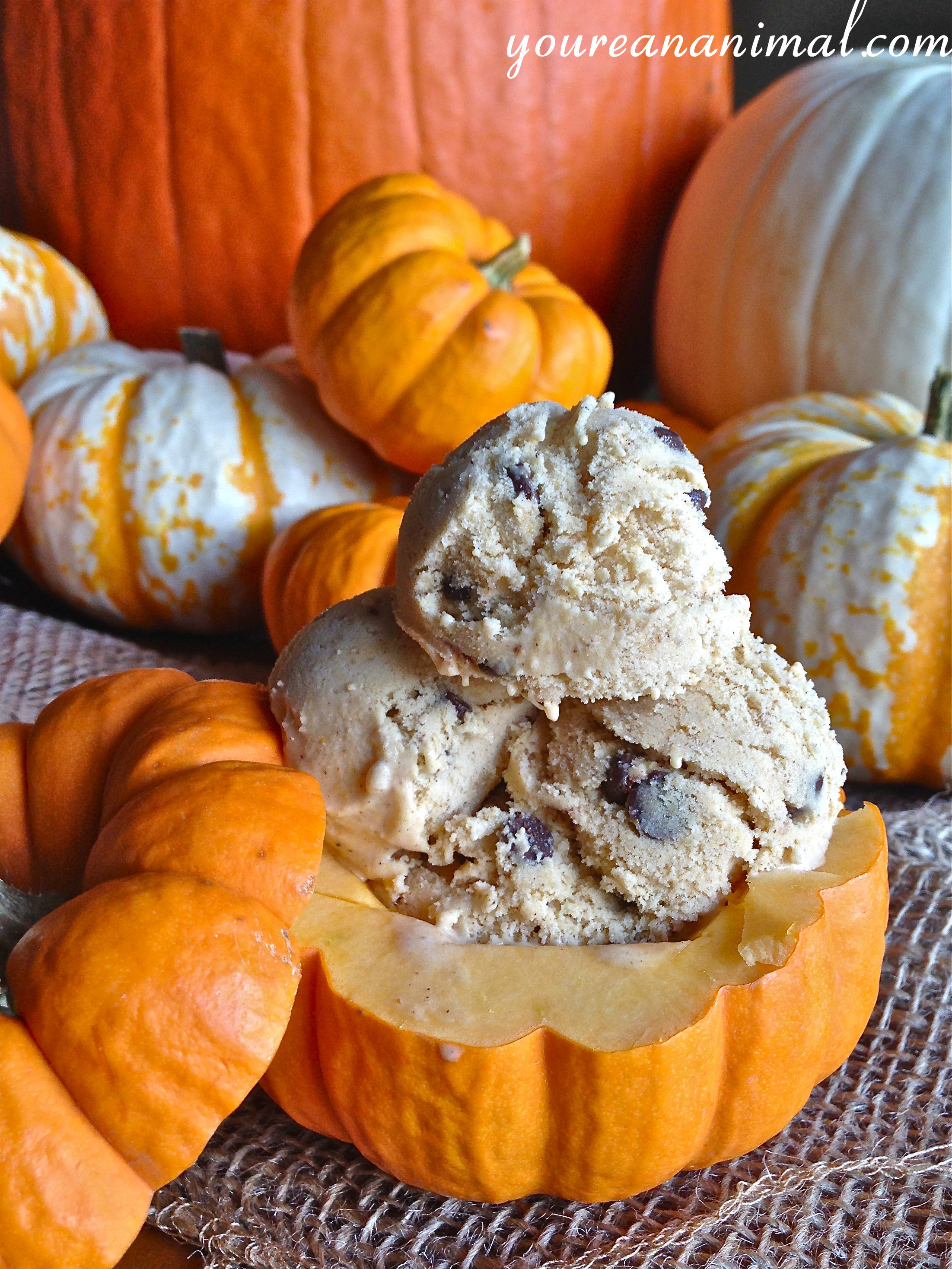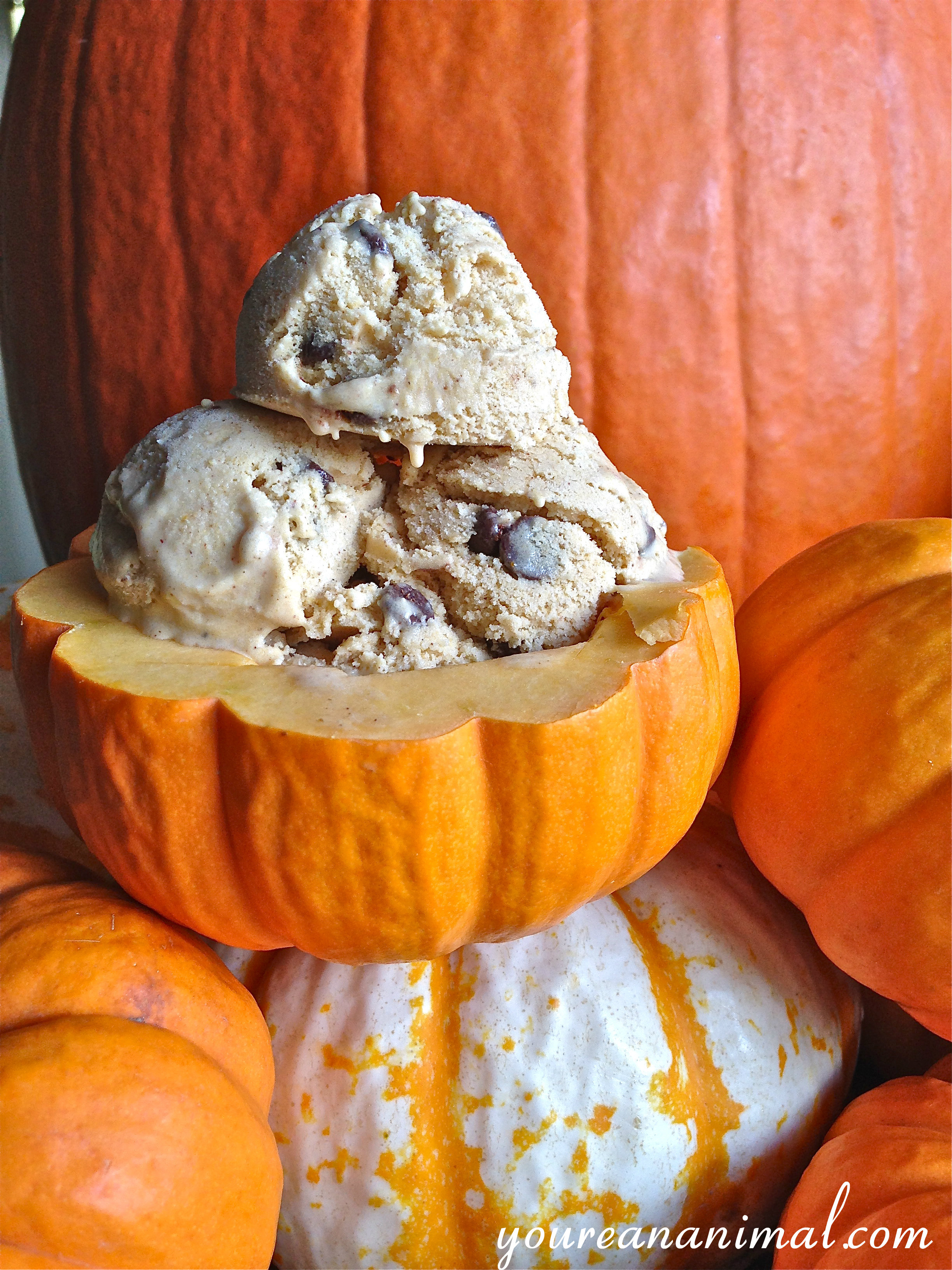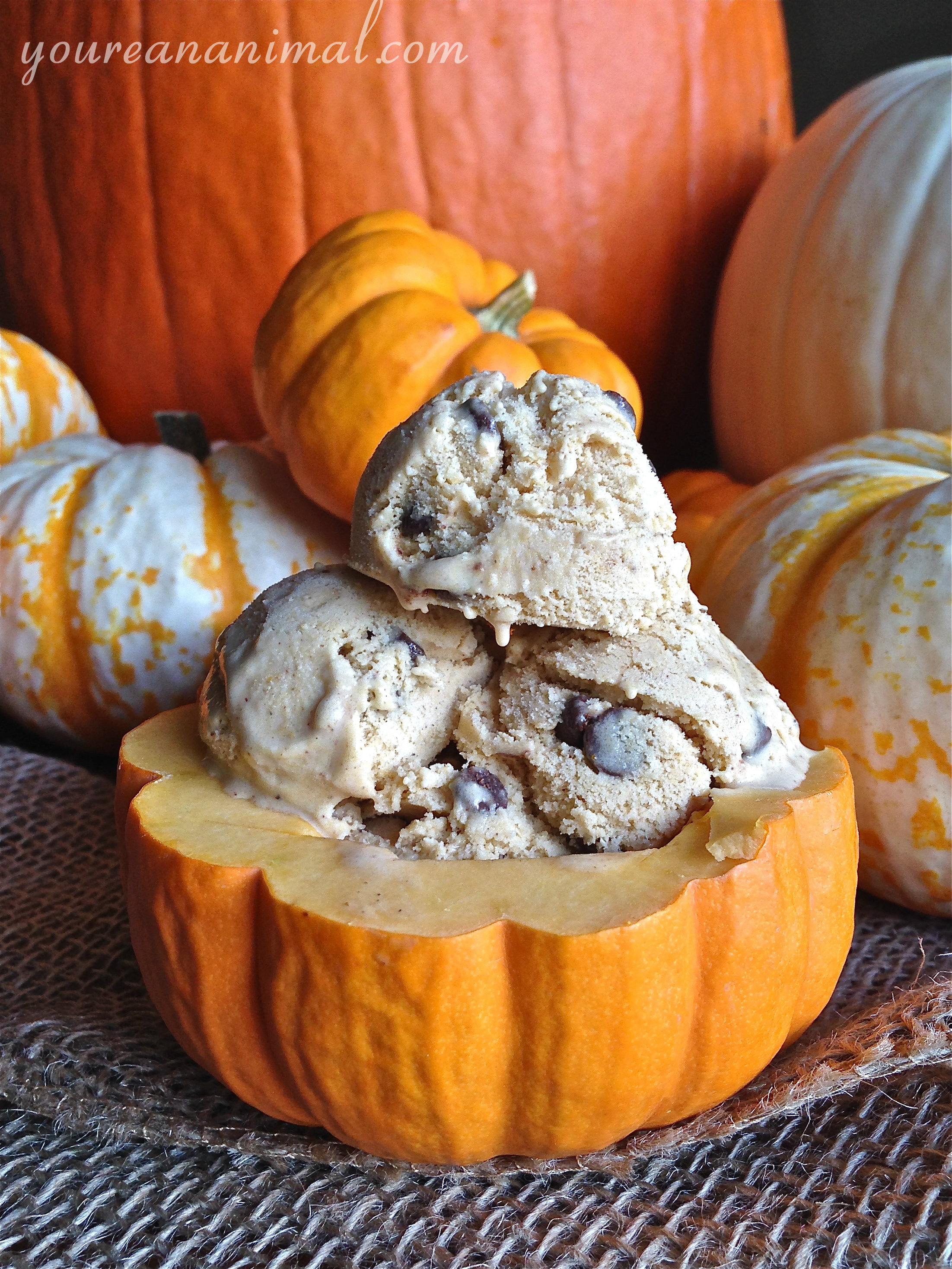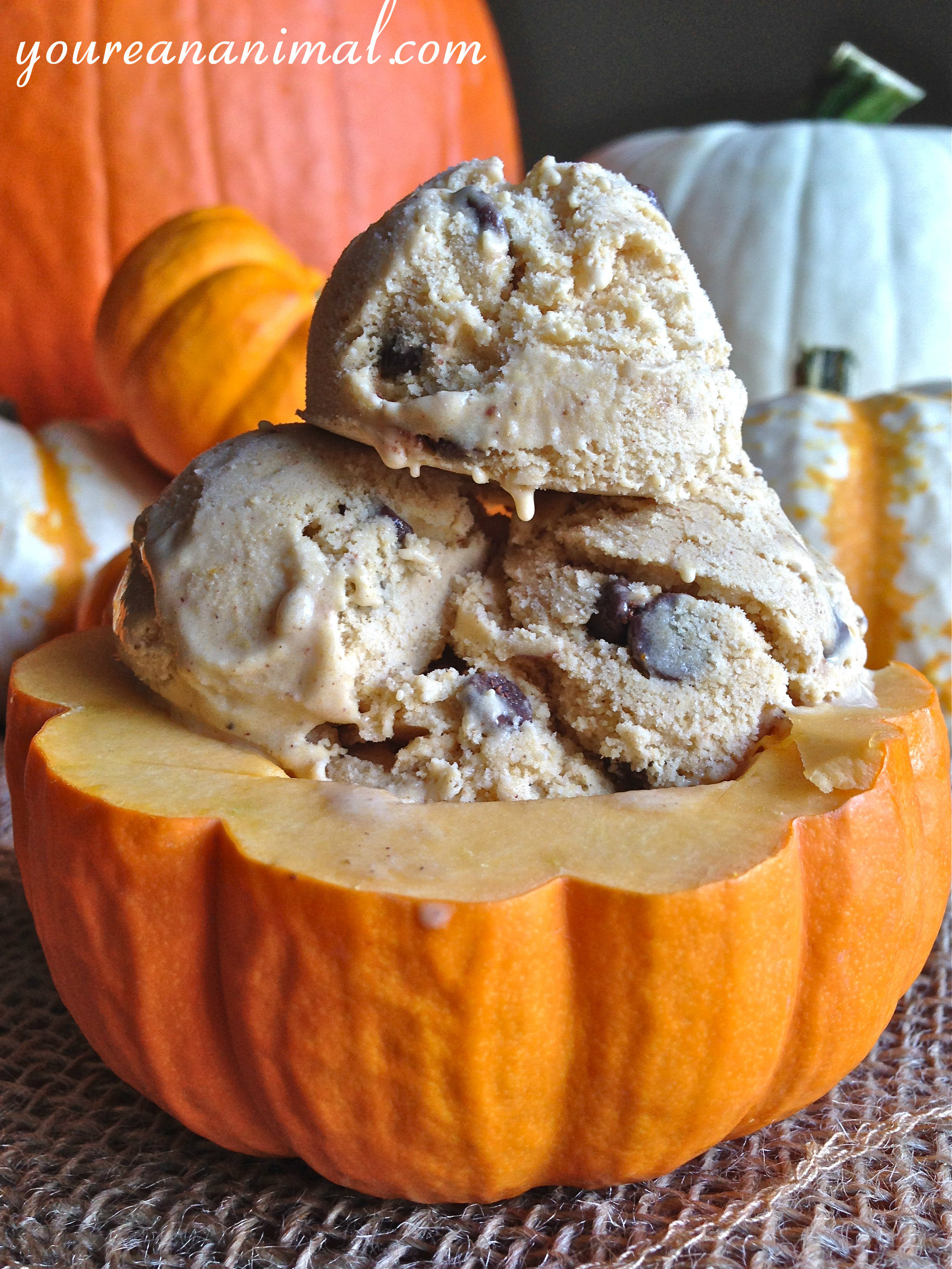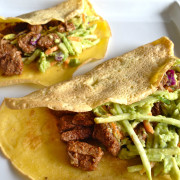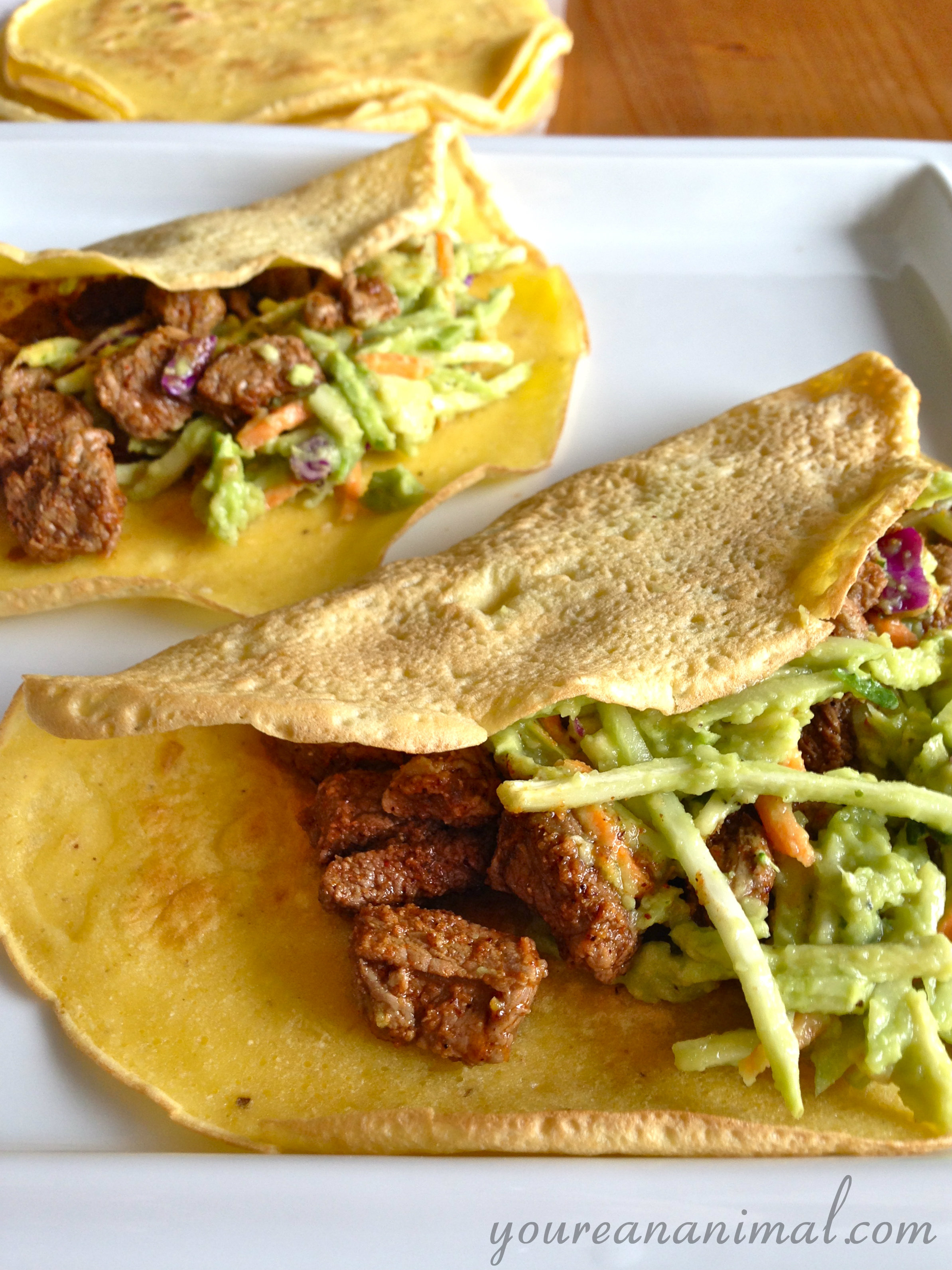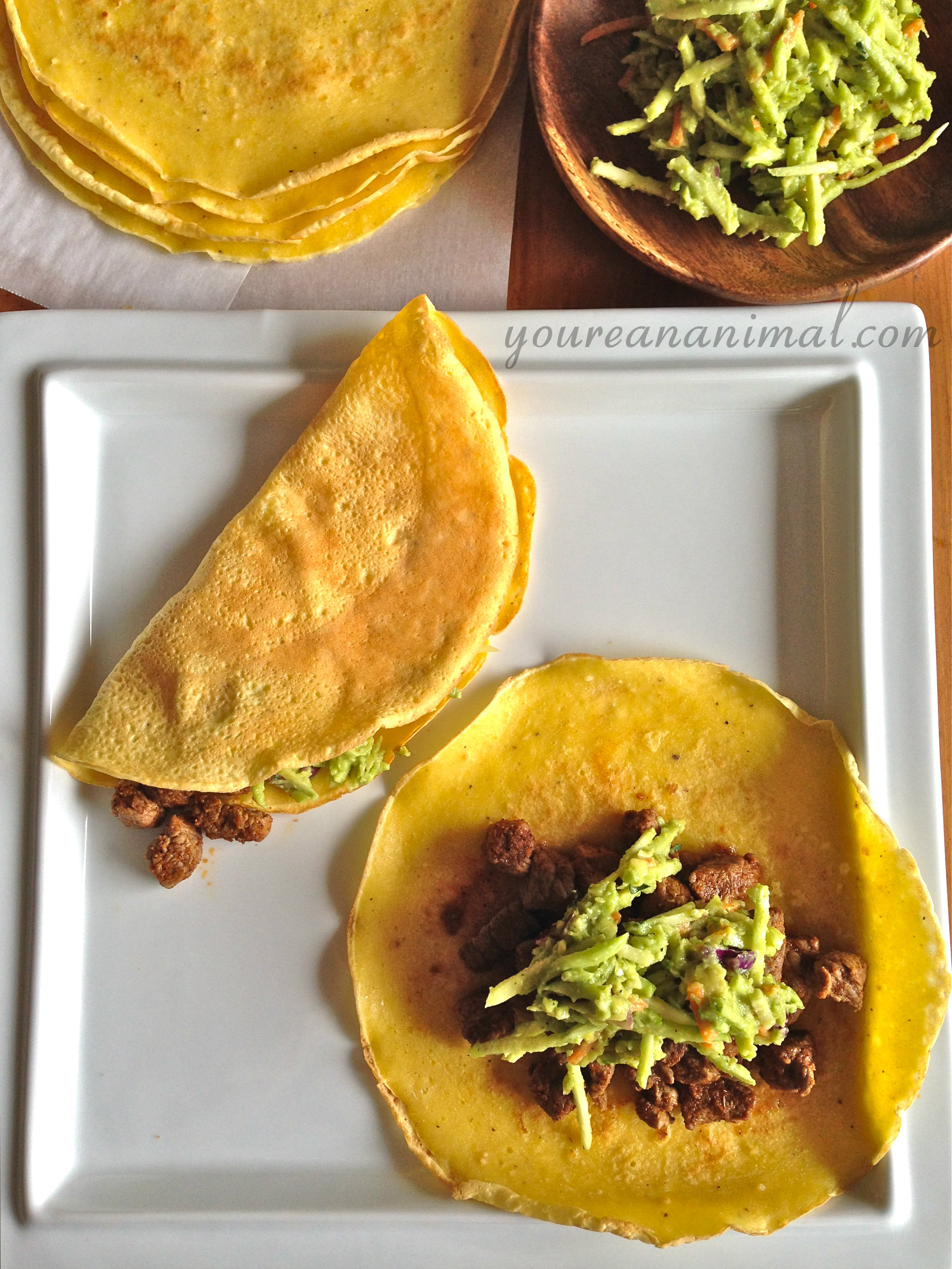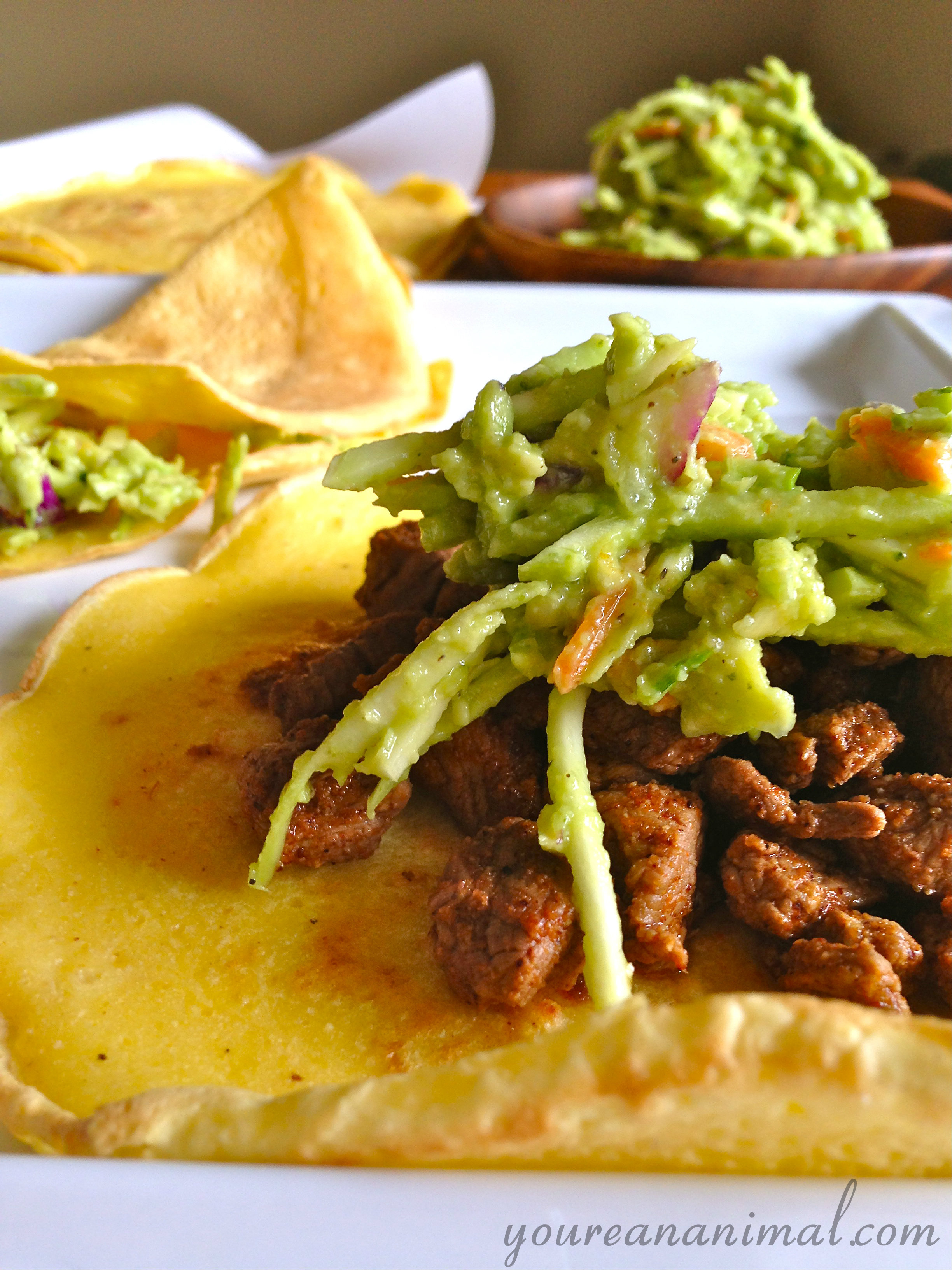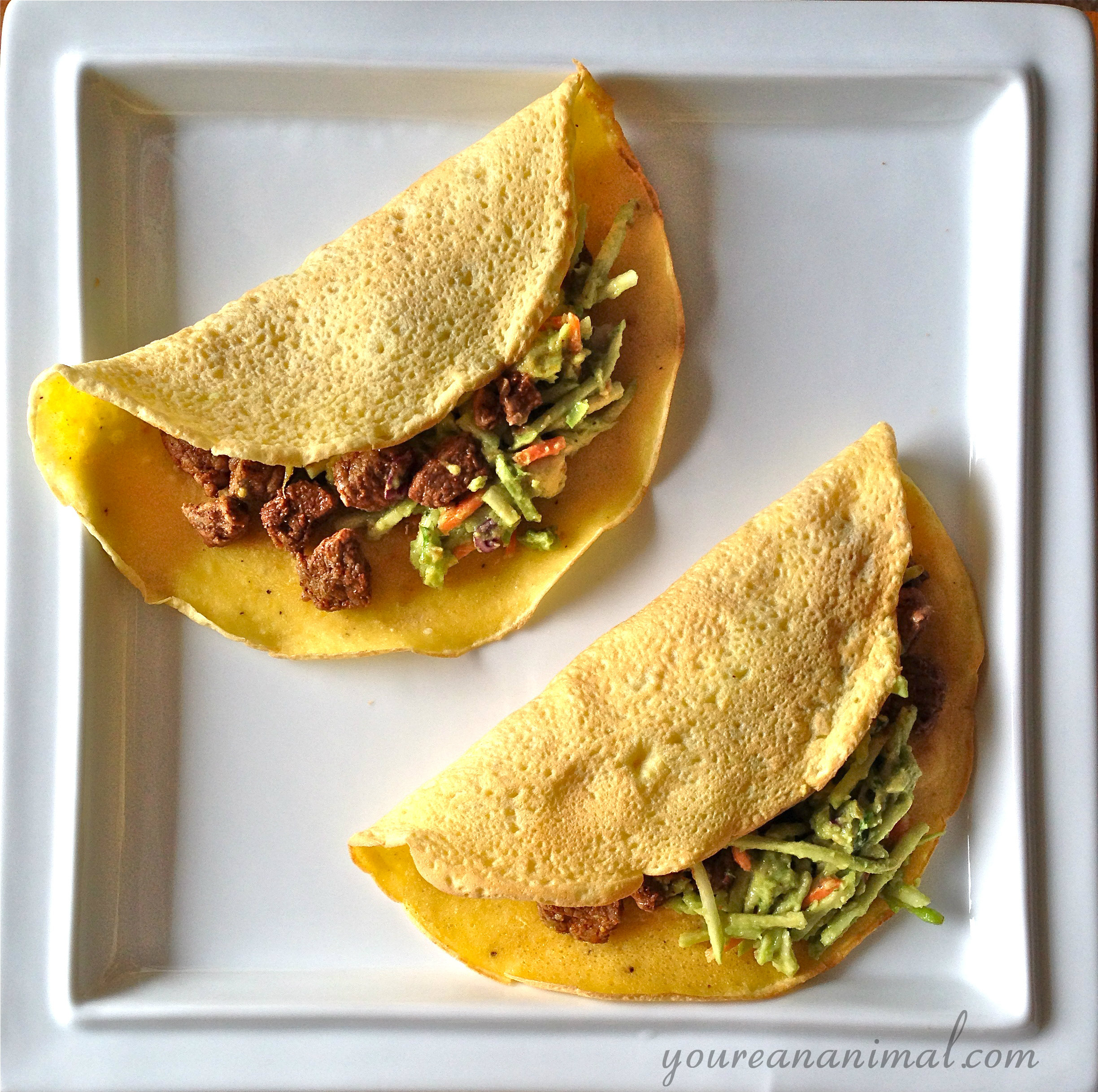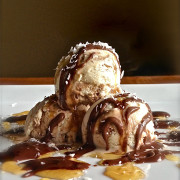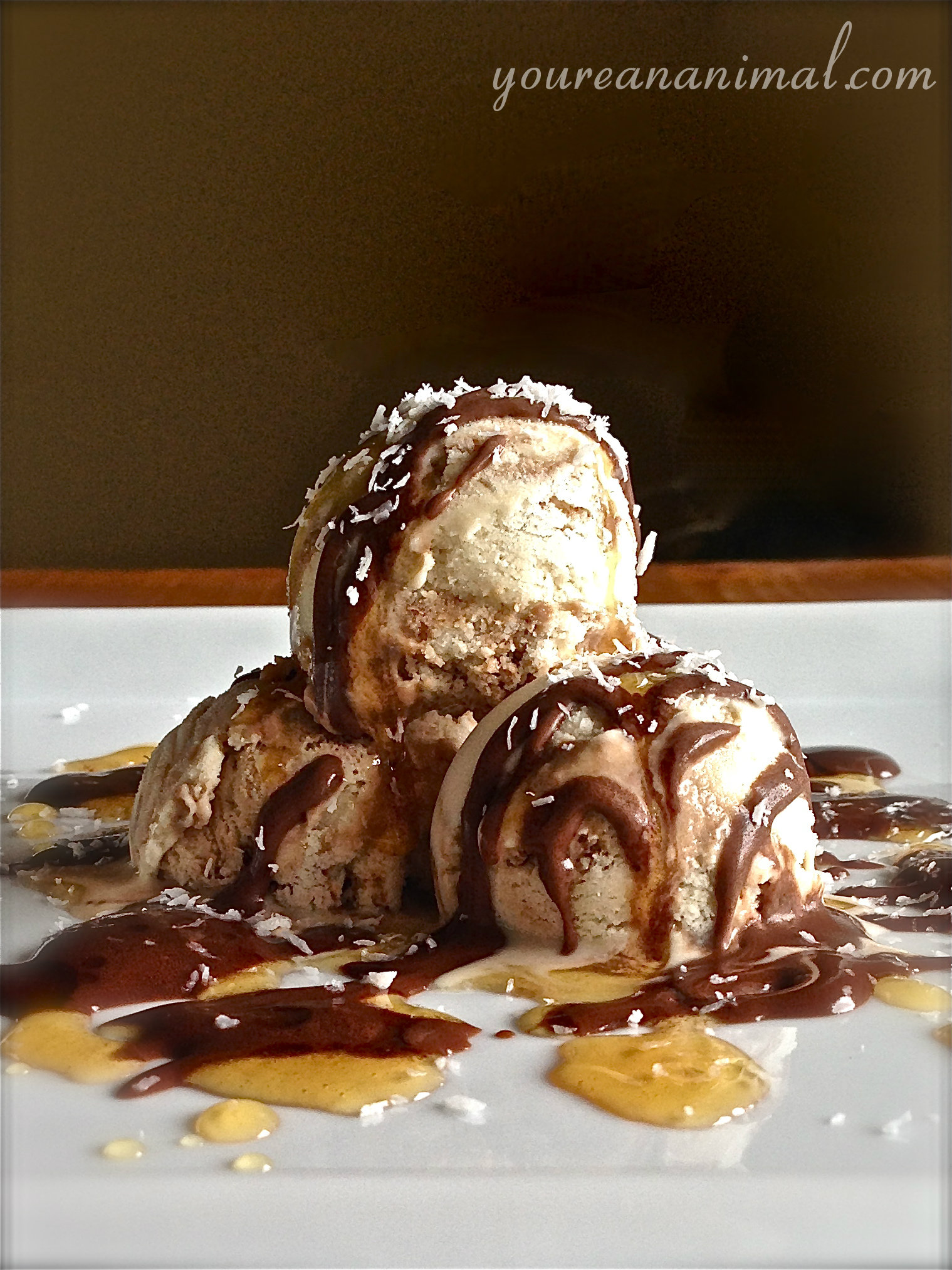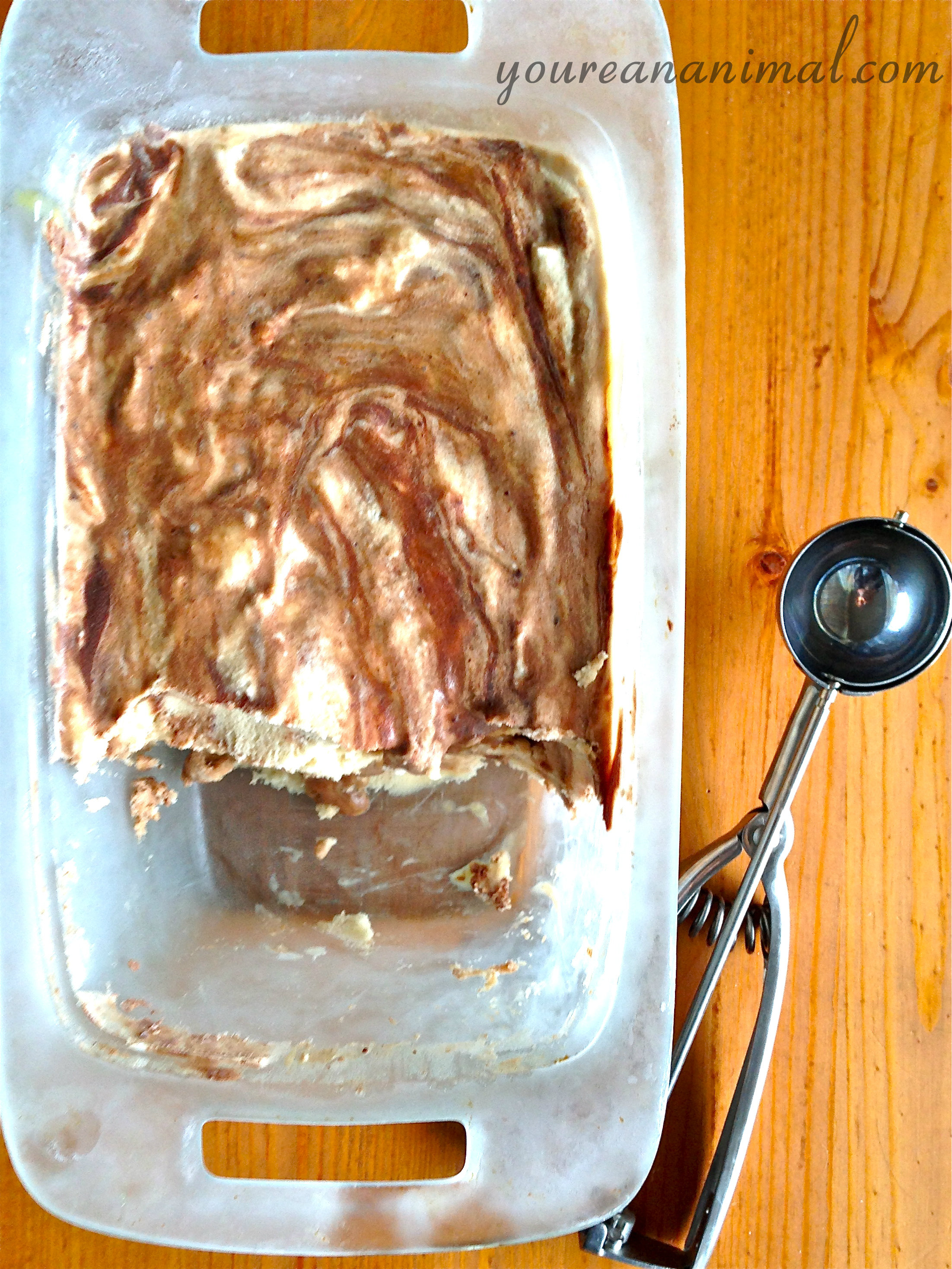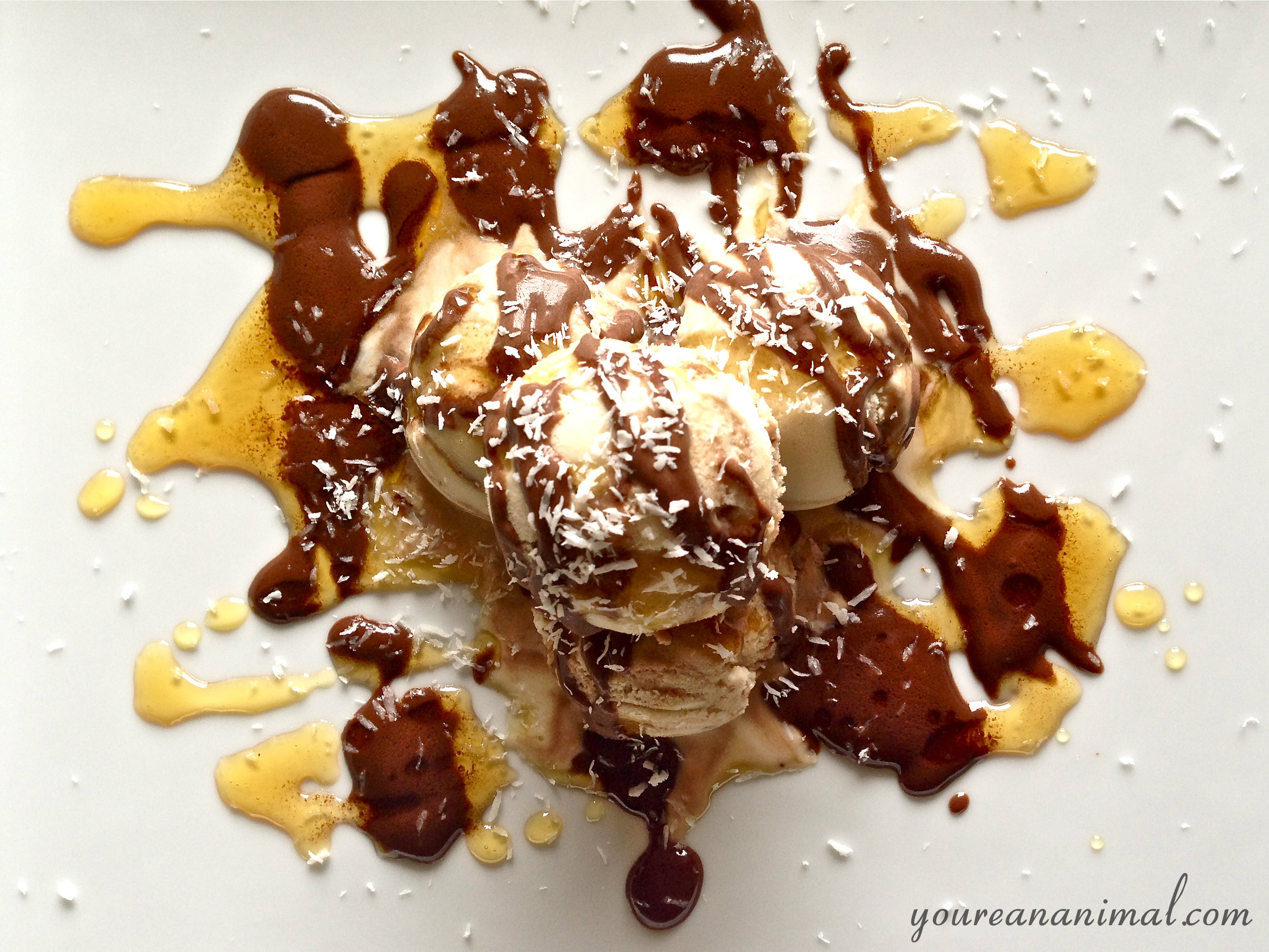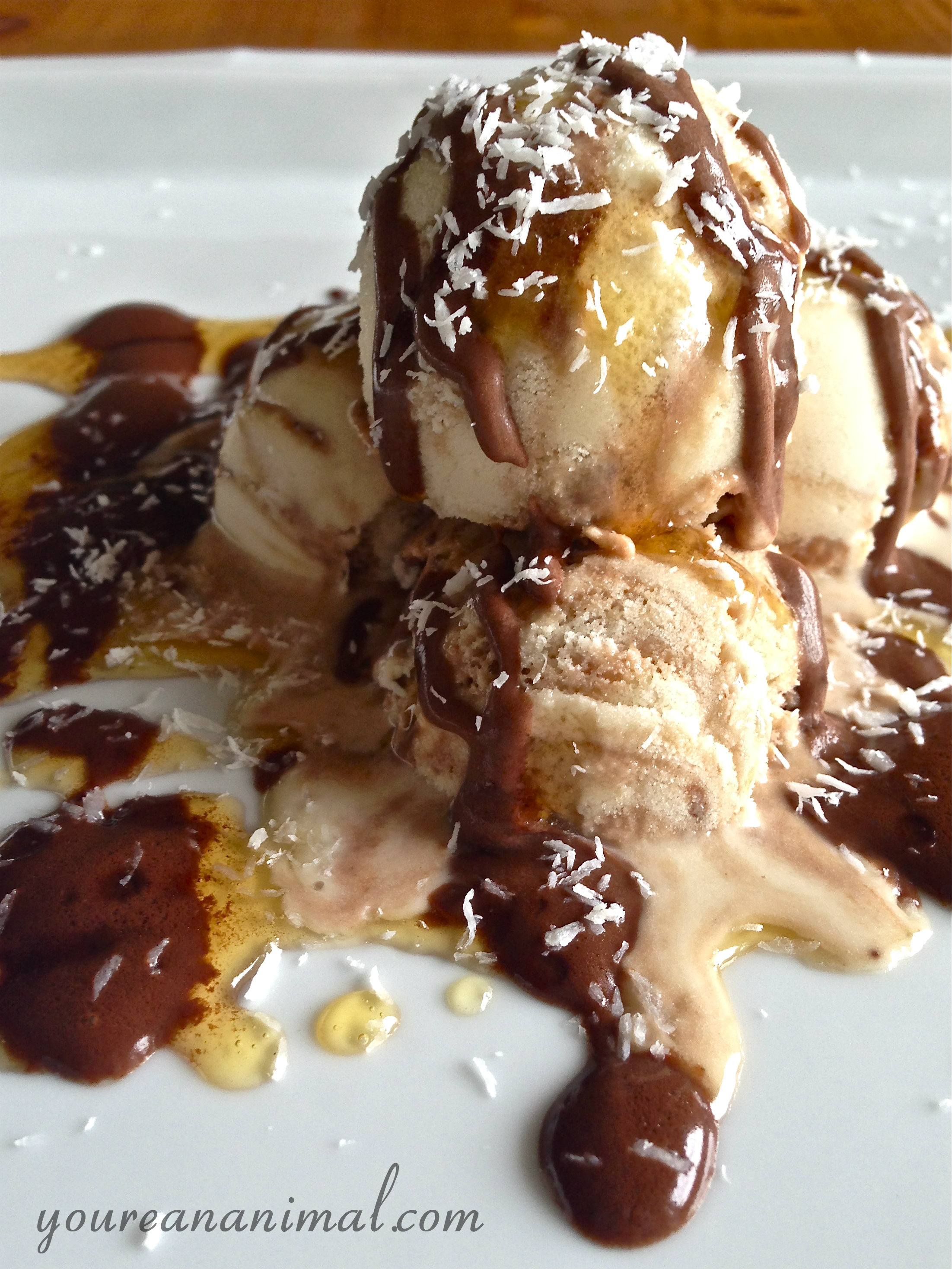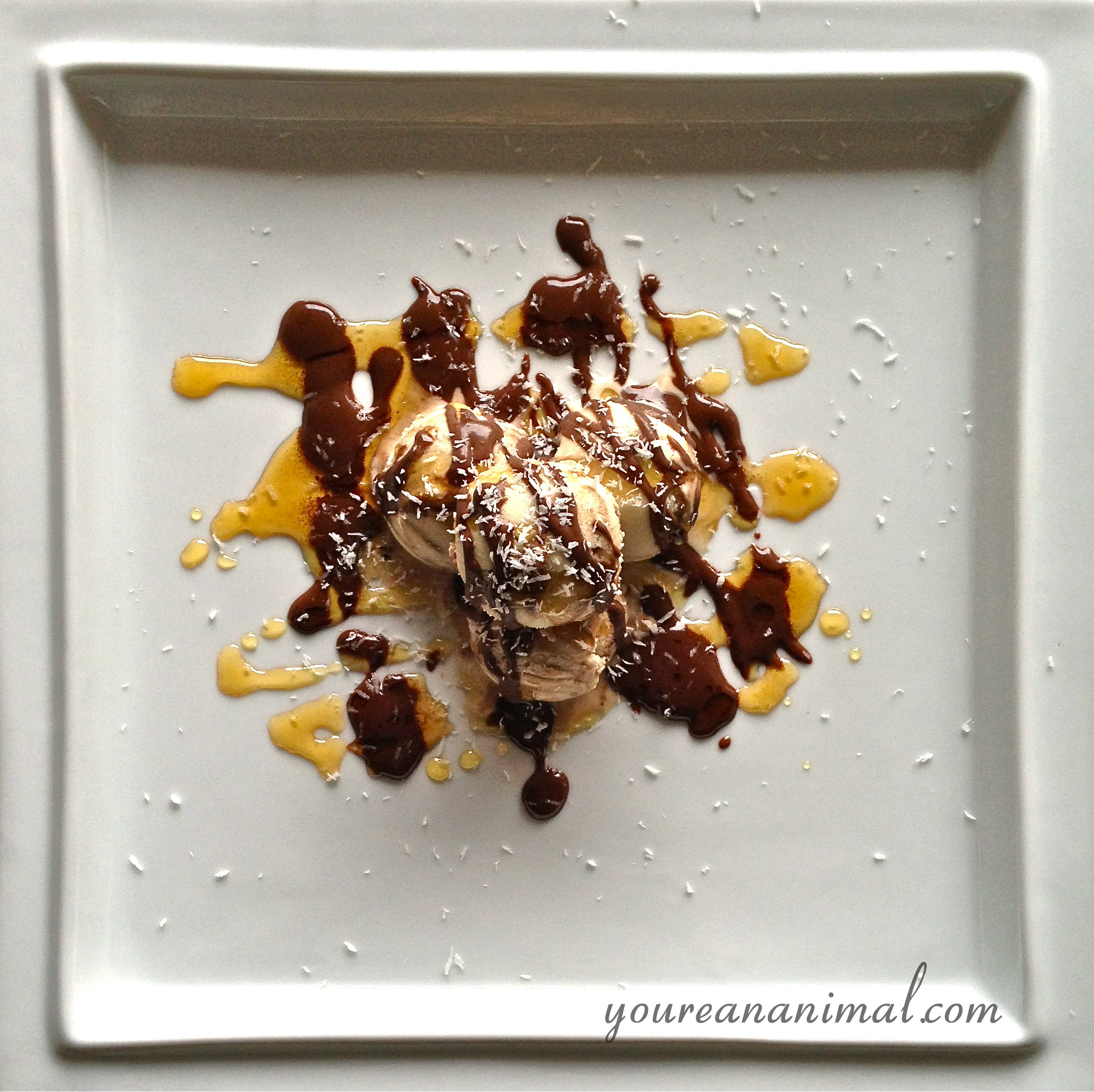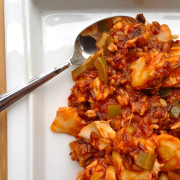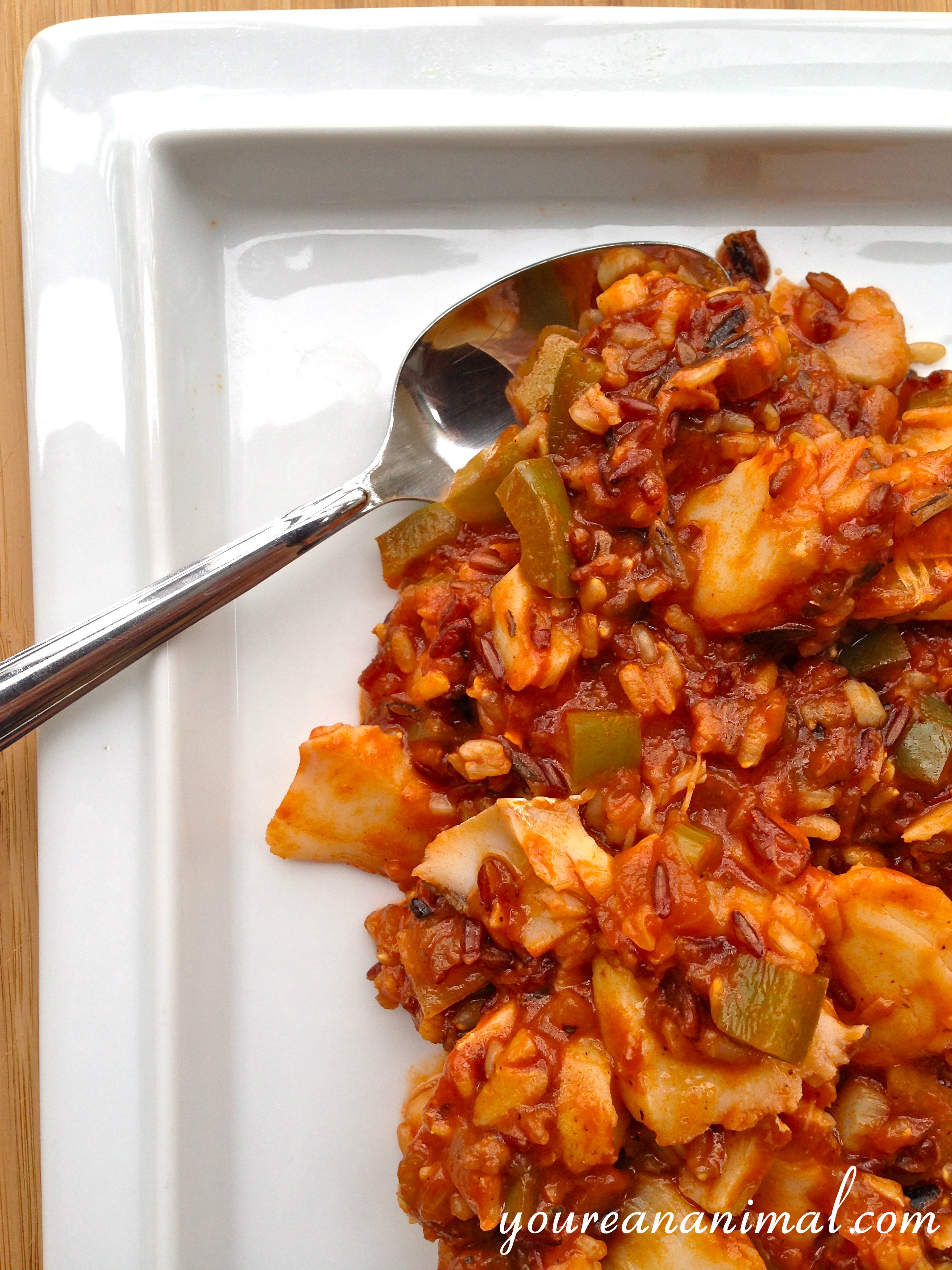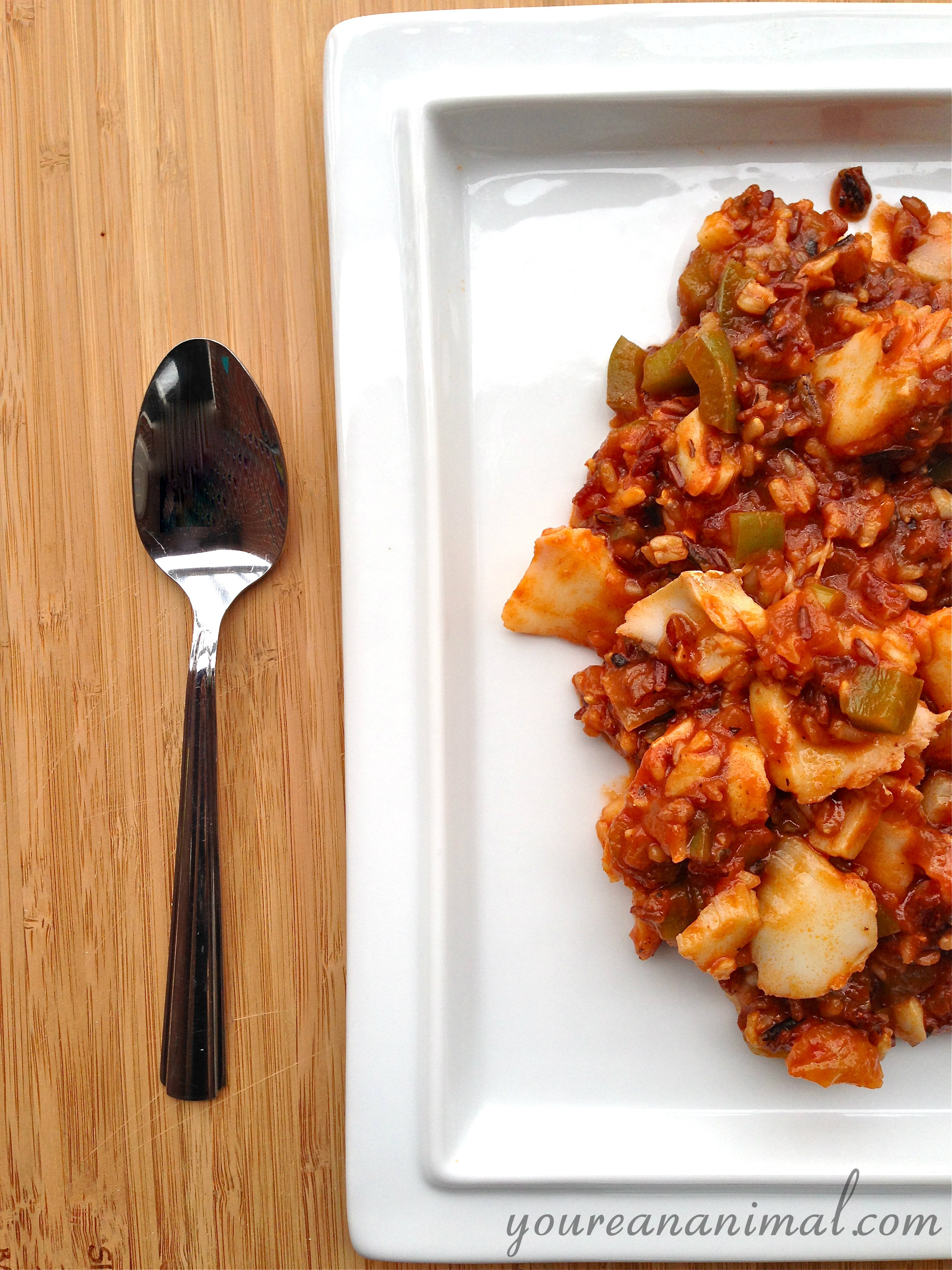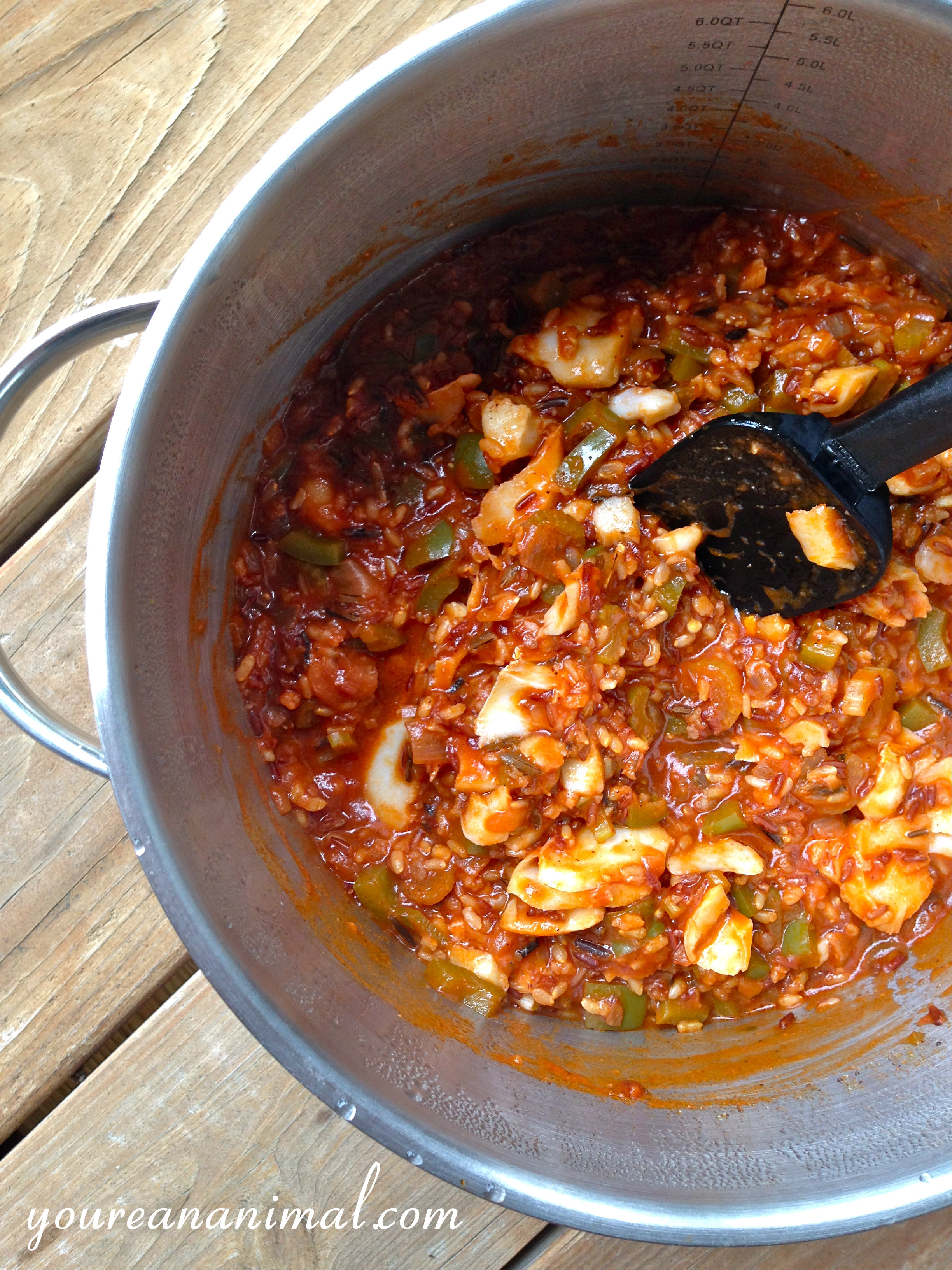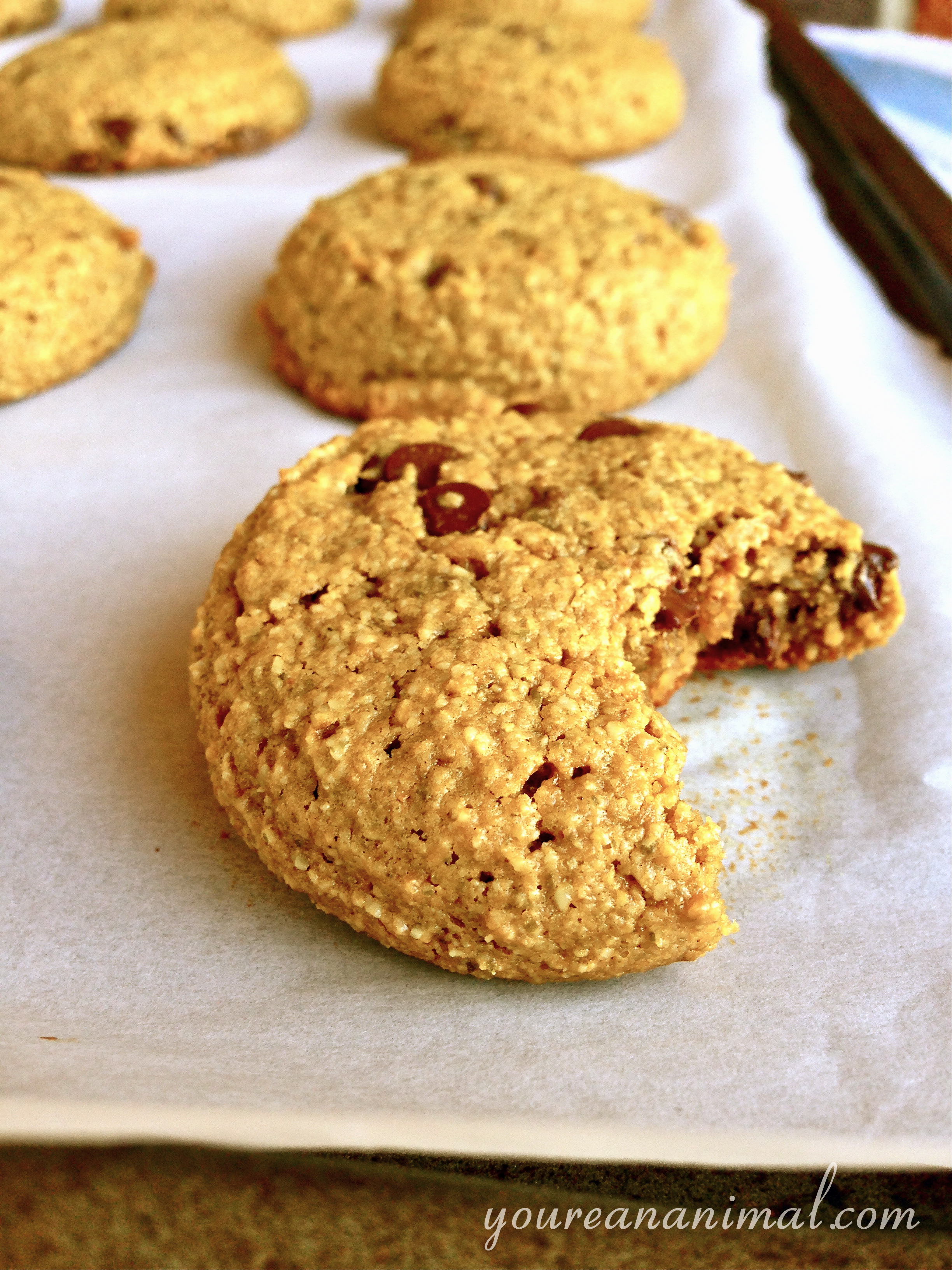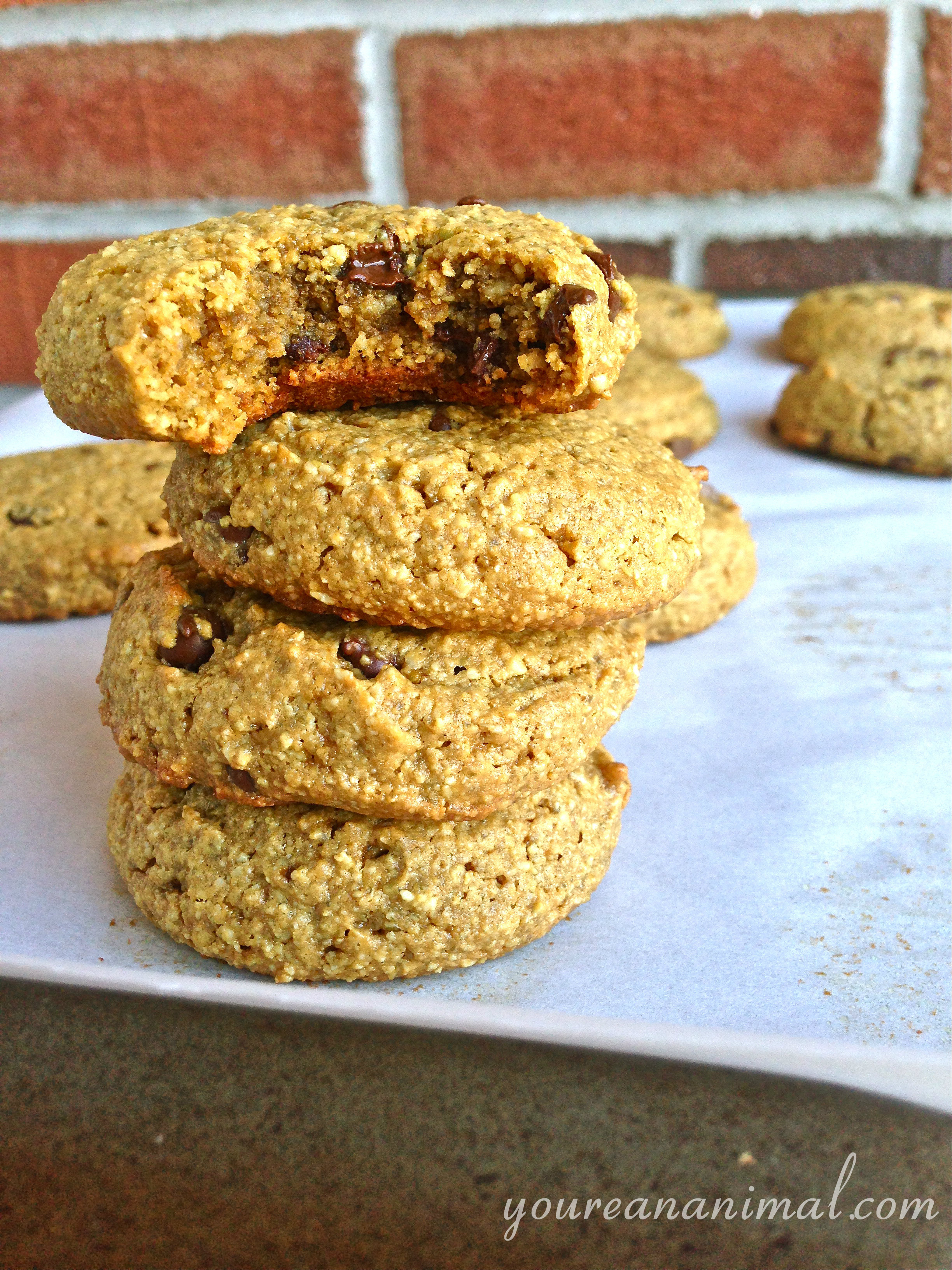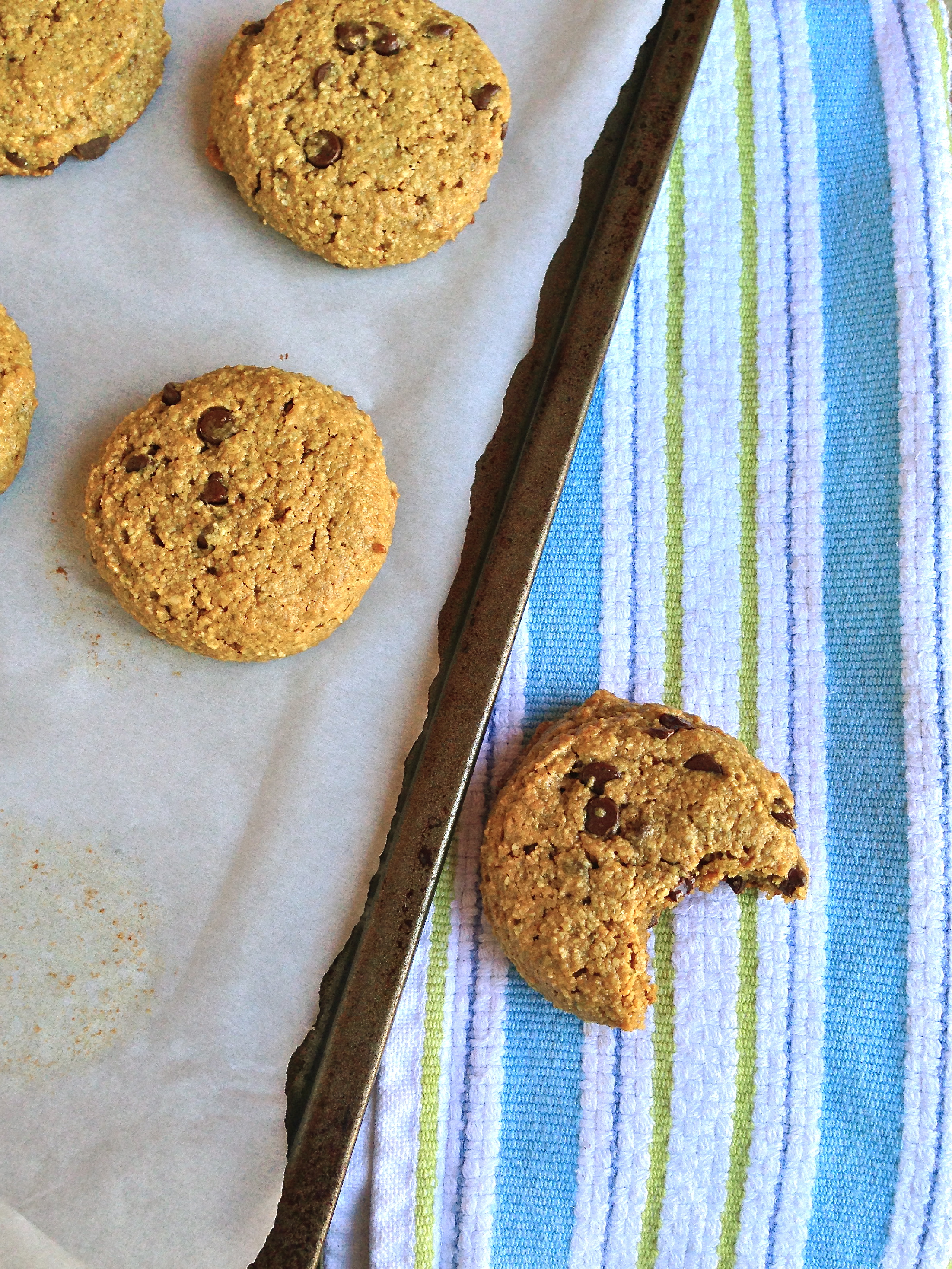Pumpkin Bread (Grain-Free, Nut-Free)
Welcome to Part 2 of my Pumpkin Everything obsession! I expressed my love for pumpkin season (aka I’m addicted to cinnamon) in my Dairy-Free Pumpkin Ice Cream post here, and am continuing the trend with a glorious grain-free, gluten-free, nut-free, white sugar-free, paleo (ish) pumpkin bread. Well what the heck is even in it? Coconut flour and starch, my dears! Andrew and I have decided to go without nuts and seeds, at least for a little while, after realizing how much phytic acid we were eating with our nut and seed intake. I had already cut out nuts last fall after getting rashes on my legs and face, but Andrew was having a weird reaction on his tongue (almost like a Geographic Tongue), and after a lot of research we decided that it might be worth a try to cut out the nuts and seeds. And guess what… so far so good! We both feel better without the nuts and seeds, so we’re sticking with it for now. However, that makes grain-free baking increasingly more difficult, since most grain-free baking uses almond meal or sunflower seed meal as a replacement. So I began experimenting with something different: starch. Specifically potato starch and arrowroot starch. I have come to prefer potato starch for baking, as I think arrowroot starch is a little too chewy and has a stronger taste when used in larger quantities. Now, I know there are mixed feelings about potatoes (helllllo carbs… and this is also why I dubbed this “paleo-ish” since for many paleo people white potatoes are a no-no) and therefore potato starch may throw up a red flag for a lot of people, but when we went to Portland we were introduced to an interesting concept. That concept is called Resistant Starch. I’m not going to go into the details here because it is still very new to me and I am no expert, but basically resistant starch can be found in cooled starches such as white potatoes and white rice, and is very beneficial for gut flora and essentially acts as a pro-biotic. You can read more about resistant starch in this article, and this article, but I also recommend you doing your own research. It’s been very fascinating to learn about.
On another note, our little blog here hit over 100 unique visitors for the first time yesterday! Thanks to foodgawker.com for sending people our way. I’m excited to hopefully continue to see this website grow and start reaching more people! I’m really enjoying this new hobby and creative outlet, plus I love working on it with my guy 🙂
Okay, let’s go back to this pumpkin bread. It’s everything you expect from this classic seasonal treat: moist, springy, dense, and spicy. But luckily it’s got none of the bad, guilt-driving stuff that the usual recipe contains. I added chocolate chips because chocolate makes everything better and I adore the combination of chocolate and cinnamon/spice, but that’s up to you! Last night we ate this pumpkin bread topped with my Pumpkin Ice Cream and, oh yes, it was the perfect way to welcome in Autumn. So here you go friends, pumpkin everything is in full swing!
Pumpkin Bread
- 4 eggs (pasture-raised)
- 1 cup (or about 1/2 of a 15 oz can) pureed pumpkin
- 1/4 cup + 2 Tbsp Coconut Flour
- 1/4 cup Unmodified Potato Starch
- 2 Tbsp Arrowroot Starch Flour
- 1/3 cup Grade B Maple Syrup
(or unfiltered honey)
- 1/2 tsp baking powder (note that baking powder often uses corn starch, so eliminate if this is an issue for you)
- 1/2 tsp baking soda
- 1/2 tsp apple cider vinegar
- 2 tsp cinnamon
- 1/2 tsp each of powdered ginger, clove and nutmeg
- 1 tsp vanilla extract
- optional: about 1/2 cup of chocolate chips (I use Enjoy Life
)
- Preheat the oven to 350 degrees F.
- Whisk together the wet ingredients (pumpkin, eggs, maple syrup, vanilla, and apple cider vinegar) in a large mixing bowl.
- Sift the dry ingredients (coconut flour, potato starch, arrowroot starch, baking powder, baking soda, spices) into the wet ingredients. Sifting removes any lumps in the dry ingredients, and helps lighten up the batter.
- Use an electric mixer to thoroughly combine the mixture, until all ingredients are incorporated and the batter is completely smooth.
- Fold in the chocolate chips if desired.
- Pour the batter into a lined loaf pan (I line mine with parchment paper to ensure easy removal).
- Place in preheated oven, and bake for 45-50 minutes, or until the top is cracked and an inserted toothpick comes out clean.
Please note that some of the links in the above post are affiliate links that will take you to an Amazon.com page. If you choose to purchase a product featured in this post using an affiliate link, you will be directly supporting You’re An Animal. Thanks!

